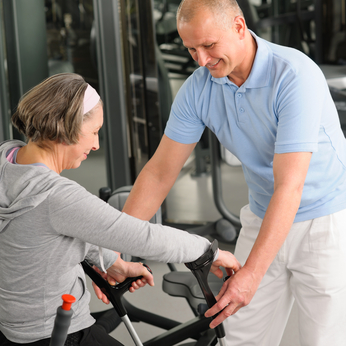The Habits of Successful Weight Losers
In a national television interview with Barbara Walters in 2014, Oprah Winfrey confessed that not being able to maintain her weight loss was her biggest regret. In that interview, Walters asked Winfrey to finish the sentence, “Before I leave this Earth, I will not be satisfied until I…”
“Until I make peace with the whole weight thing,” Oprah replied. Losing weight is hard; keeping it off is even harder. What is unique about those who succeed? The answer is buried deep in the archives at the Weight Control and Diabetes Research Center in Providence, Rhode Island: The National Weight Control Registry (NWCR), the largest database ever assembled on individuals successful at long-term maintenance of weight loss. Founded in 1994, the NWCR includes more than 10,000 individuals who complete annual questionnaires about their current weight, diet and exercise habits, and behavioral strategies for weight loss maintenance.

Habit #1: Live with Intention
Living with intention eliminates the random approach to weight loss maintenance in favor of the systematic and methodical one that leads to results. The NWCR has shown that, when intention is behind weight loss maintenance, 21 percent of overweight people are successful weight losers. [1]
The longer people keep their weight off, the fewer strategies they need to continue keeping weight off. [2] In other words, weight maintenance gets easier. The longer your clients persist in their intention and behave in accord with that intention, the easier it is for that behavior to “stick” and turn into a habit.
What makes one individual persist at a specific behavior while another individual doesn’t? For starters, the persistent individual has a conscientious personality. In the most recent NWCR study published in 2020, conscientiousness was compared between successful weight losers from the NWCR and non-NWCR weight regainers. [3] The successful weight losers were found to be more conscientious than the weight regainers and scored higher on measures of order, virtue, responsibility, and industriousness. The scientists suggest that being conscientious may help individuals maintain their weight loss by improving adherence to specific behaviors.
In a review of 56 studies that contained 58 health behaviors, researchers at Université Laval in Quebec, Canada and the University of Limburg in The Netherlands found that intention remained the most important predictor of health behavior, explaining 66 percent of the variance. [4] In half of the reviewed studies, perceived behavioral control (believing that you have control over your behavior) significantly added to the prediction.
Habit #2: Control Yourself
Being a successful weight loser requires a lot of self-control, delaying gratification now (e.g., dessert) for the more desirable reward later (e.g., a slimmer waistline, better health, enhanced self-esteem, and happiness).
Compared to typical unsuccessful dieters, successful weight losers are better able to resist temptation, control themselves, and push back against the environment. They restrict certain foods, [5] weigh themselves regularly, [6, 7] and use digital health technology. [8]
One of the key factors of self-control is disinhibition, which literally means not being inhibited. Some inhibition is good, because it prevents people from not giving into temptation and eating whatever and how much they want. High levels of disinhibition are bad, because it leads to risky behavior. Disinhibited eating is a failure to maintain control over eating. The opposite of disinhibited eating is dietary restraint. Several NWCR studies have found that increased disinhibition leads to regaining lost weight. [9, 10, 11, 12, 13] Other studies have found strong relationships between a lack of self-control—impulsivity—and obesity. [14, 15, 16]
Habit #3: Control Calories
Successful weight losers consume fewer daily calories than the general population. Table 1 shows the number of calories the NWCR members consume per day, from the several studies that have reported it, along with the amount of weight they lost at the time they entered the NWCR.
Table 1 – Caloric Intake of Successful Weight Losers
| Calories Per Day | Pounds Lost | |
| 1,381 [17, 18]
1,297 (women) 1,725 (men) | 66
63 (women) 78 (men) | |
| 1,306 (women) [19]
1,685 (men) | 63 (women)
77 (men) | |
| 1,390 [20] | 69 | |
| 1,462 [21] | 124 | |
| 1,400 [22] | 62 | |
| 1,399 [23] | 73 | |
| Average
Women Men | 1,406
1,302 1,705 | 79
63 78 |
Successful weight losers consume a low-calorie diet of about 1,400 calories per day, with women consuming about 1,300 and men consuming about 1,700 calories per day. By comparison, the U.S. adult population consumes an average of 2,120 calories per day (women consume about 1,820 calories per day and men consume about 2,480 calories per day). [24, 25]
Successful weight losers control calories several ways, including limiting how often they eat out at restaurants, [26] rarely eating fast food, [27] and limiting how many calories they drink. [28] They are also more likely than normal-weight individuals to have plans to be extremely strict in maintaining their caloric intake, even during times of the year when it’s easy to consume calories, like during holidays. [29]
Want to learn about more of the habits of successful weight losers? Check out Dr. Karp’s book, Lose It Forever: The 6 Habits of Successful Weight Losers from the National Weight Control Registry
A competitive runner since sixth grade, Dr. Jason Karp pursues his passion every day as a run coach, exercise physiologist, bestselling author of 10 books and 400+ articles, speaker, and educator. He is the 2011 IDEA Personal Trainer of the Year and two-time recipient of the President’s Council on Sports, Fitness & Nutrition Community Leadership award. His REVO₂LUTION RUNNING™ certification has been obtained by fitness professionals and coaches in 23 countries. His new book, “Lose It Forever: The Habits of Successful Weight Losers from the National Weight Control Registry” is available on Amazon.
References
[1] Wing, R.R. and Hill, J.O. Successful weight loss maintenance. Annual Review of Nutrition, 21:323-341, 2001.
[2] Klem, M.L., Wing, R.R., Lang, W., McGuire, M.T., and Hill, J.O. Does weight loss maintenance become easier over time? Obesity Research, 8:438-444, 2000.
[3] Gold, J.M., Carr, L.J., Thomas, J.G., Burrus, J., O’Leary, K.C., Wing, R., and Bond, D.S. Conscientiousness in weight loss maintainers and regainers. Health Psychology, 2020.
[4] Godin, G. and Kok, G. The theory of planned behavior: a review of its applications to health-related behaviors. American Journal of Health Promotion, 11(2):87-98, 1996.
[5] Wing, R.R. and Phelan, S. Long-term weight loss maintenance. American Journal of Clinical Nutrition, 82:222S-225S, 2005.
[6] Wing, R.R. and Hill, J.O. Successful weight loss maintenance. Annual Review of Nutrition, 21: 323-341, 2001.
[7] Butryn, M.L., Phelan, S., Hill, J.O., and Wing, R.R. Consistent self-monitoring of weight: A key component of successful weight loss maintenance. Obesity, 15:3091-3096, 2007.
[8] Goldstein, C.M., Thomas, J.G., Wing, R.R., and Bond, D.S. Successful weight loss maintainers use health-tracking smartphone applications more than a nationally representative sample: comparison of the National Weight Control Registry to Pew Tracking for Health. Obesity Science and Practice, 3(2):117-126, 2017.
[9] McGuire, M.T., Wing, R.R., Klem, M.L., Lang, W. and Hill, J.O. What predicts weight regain among a group of successful weight losers? Journal of Consulting and Clinical Psychology, 67:177-185, 1999.
[10] Niemeier, H.M., Phelan, S., Fava, J.L., and Wing, R.R. Internal disinhibition predicts weight regain following weight loss and weight loss maintenance. Obesity, 15:2485-2494, 2007.
[11] Butryn, M.L., Phelan, S., Hill, J.O., and Wing, R.R. Consistent self-monitoring of weight: A key component of successful weight loss maintenance. Obesity, 15:3091-3096, 2007.
[12] Thomas, J.G., Bond, D.S., Phelan, S., Hill, J.O., and Wing, R.R. Weight-loss maintenance for 10 years in the National Weight Control Registry. American Journal of Preventive Medicine, 46(1):17-23, 2014.
[13] Lillis, J., Thomas, J.G., Niemeier, H., and Wing, R.R. Internal disinhibition predicts 5-year weight regain in the National Weight Control Registry (NWCR). Obesity Science and Practice, 2(1):83-87, 2016.
[14] Chamberlain, S.R., Derbyshire, K.L., Leppink, E., and Grant, J.E. Obesity and dissociable forms of impulsivity in young adults. CNS Spectrums, 20(5):500-507, 2015.
[15] Fields, S.A., Sabet, M., and Reynolds, B. Dimensions of impulsive behavior in obese, overweight, and healthy-weight adolescents. Appetite, 70:60-66, 2013.
[16] Amlung, M., Petker, T., Jackson, J., Balodis, I., MacKillop, J. Steep discounting of delayed monetary and food rewards in obesity: a meta-analysis. Psychological Medicine, 46(11):2423-2434, 2016.
[17] Klem, M.L., Wing, R.R., McGuire, M.T., Seagle, H.M., and Hill, J.O. A descriptive study of individuals successful at long-term maintenance of substantial weight loss. American Journal of Clinical Nutrition, 66:239-246, 1997.
[18] Wing, R.R. and Hill, J.O. Successful weight loss maintenance. Annual Review of Nutrition, 21:323-341, 2001.
[19] Shick, S.M., Wing, R.R., Klem, M.L., McGuire, M.T., Hill, J.O., and Seagle, H.M. Persons successful at long-term weight loss and maintenance continue to consume a low calorie, low fat diet. Journal of the American Dietetic Association, 98:408-413, 1998.
[20] McGuire, M.T., Wing, R.R., Klem, M.L., Seagle, H.M., and Hill, J.O. Long-term maintenance of weight loss: Do people who lose weight through various weight loss methods use different behaviors to maintain their weight? International Journal of Obesity, 22:572-577, 1998.
[21] Klem, M.L., Wing, R.R., Chang, C.H., Lang, W., McGuire, M.T., Sugerman, H.J., Hutchison, S.L., Makovich, A.L., and Hill, J.O. A case-control study of successful maintenance of a substantial weight loss: Individuals who lost weight through surgery versus those who lost weight through non-surgical means. International Journal of Obesity, 24:573-579, 2000.
[22] Klem, M.L., Wing, R.R., Lang, W., McGuire, M.T., and Hill, J.O. Does weight loss maintenance become easier over time? Obesity Research, 8:438-444, 2000.
[23] Ogden, L.G., Stroebele, N., Wyatt, H.R., Catenacci, V.A., Peters, J.C., Stuht, J., Wing, R.R., and Hill, J.O. Cluster analysis of the National Weight Control Registry to identify distinct subgroups maintaining successful weight loss. Obesity, 20(10):2039-2047, 2012.
[24] Wright J.D., Wang, C.Y., Kennedy-Stephenson, J., Ervin, R.B. Dietary intake of ten key nutrients for public health, United States: 1999-2000. Advance Data From Vital and Health Statistics, 334:1-4, 2003.
[25] U.S. Department of Agriculture, Agricultural Research Service. Energy intakes: percentages of energy from protein, carbohydrate, fat, and alcohol, by gender and age. What We Eat in America, NHANES 2015-2016, 2018.
[26] Wing, R.R. and Hill, J.O. Successful weight loss maintenance. Annual Review of Nutrition, 21:323-341, 2001.
[27] Thomas, J.G. and Wing, R.R. Maintenance of long-term weight loss. Medicine & Health Rhode Island, 92(2):56-57, 2009.
[28] Catenacci, V.A., Pan, Z., Thomas, J.G., Ogden, L.G., Roberts, S.A., Wyatt, H.R., Wing, R.R., and Hill, J.O. Low/no calorie sweetened beverage consumption in the National Weight Control Registry. Obesity, 22(10):2244-2251, 2014.
[29] Phelan, S., Wing, R.R., Raynor, H.A., Dibello, J., Nedeau, K., and Peng, W. Holiday weight management by successful weight losers and normal weight individuals. Journal of Consulting and Clinical Psychology, 76(3):442-448, 2008.




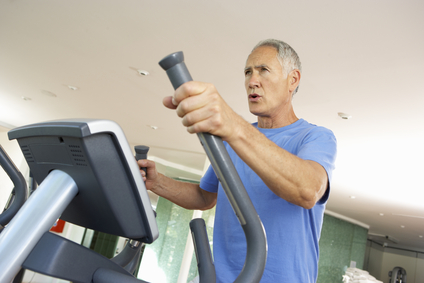 Arguably, cardiovascular exercise will always be more important than strength training throughout your client’s life because heart disease is the most common cause of death for both men and women. No one has ever died of a weak biceps muscle. But people die of weak hearts every day. One cannot live very well or very long without a strong heart. Since the risk of heart disease increases as people age, older adults need cardiovascular exercise just as much or even more than do younger adults. Like younger adults, older adults should do at least 30 minutes of cardiovascular exercise on most, if not all, days of the week. The more physically fit one remains, the slower the rate of cardiovascular decline. Maintaining exercise intensity, rather than a higher volume of training, is the key to minimizing the loss of aerobic fitness as your clients age.
Arguably, cardiovascular exercise will always be more important than strength training throughout your client’s life because heart disease is the most common cause of death for both men and women. No one has ever died of a weak biceps muscle. But people die of weak hearts every day. One cannot live very well or very long without a strong heart. Since the risk of heart disease increases as people age, older adults need cardiovascular exercise just as much or even more than do younger adults. Like younger adults, older adults should do at least 30 minutes of cardiovascular exercise on most, if not all, days of the week. The more physically fit one remains, the slower the rate of cardiovascular decline. Maintaining exercise intensity, rather than a higher volume of training, is the key to minimizing the loss of aerobic fitness as your clients age.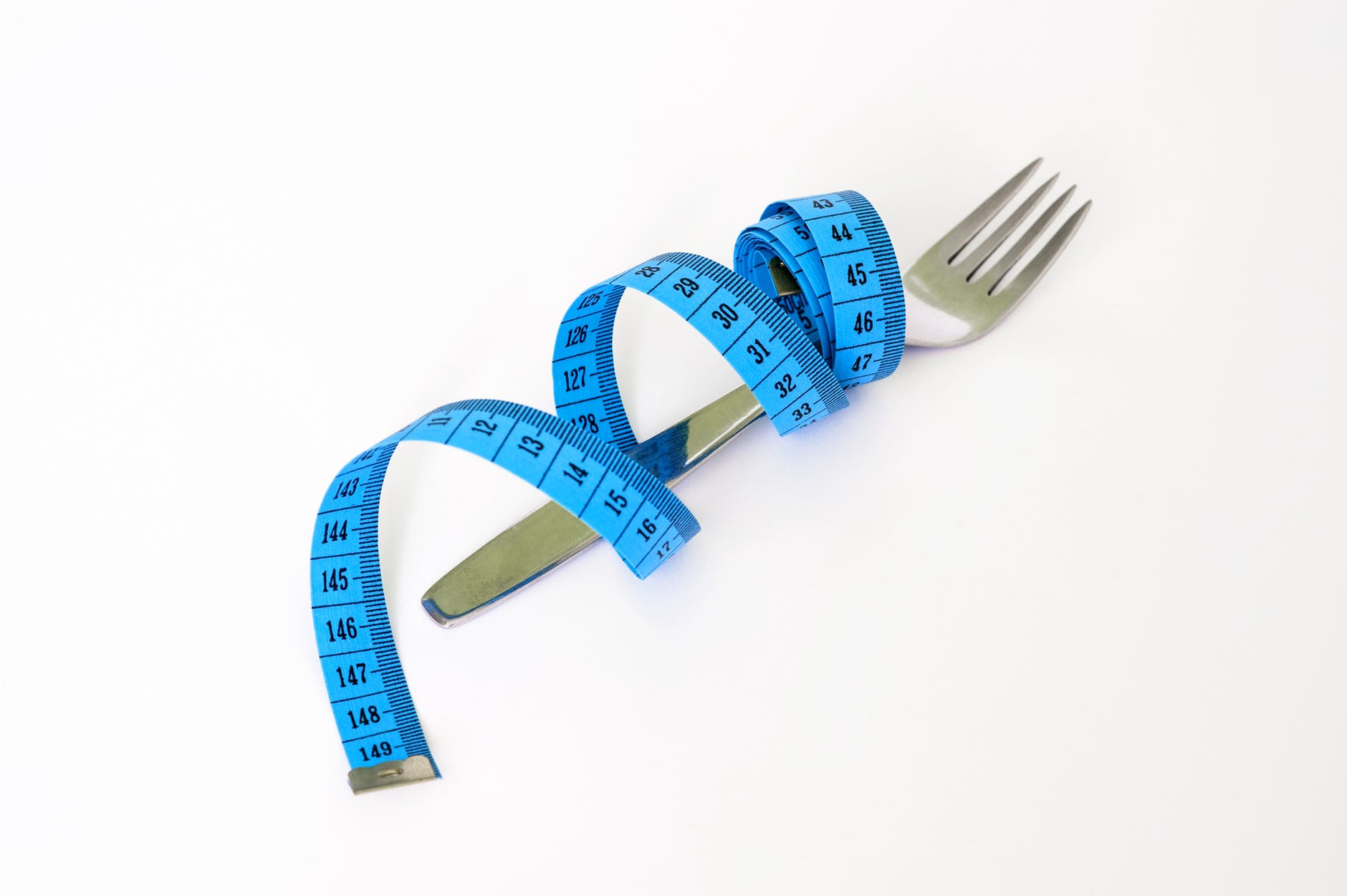
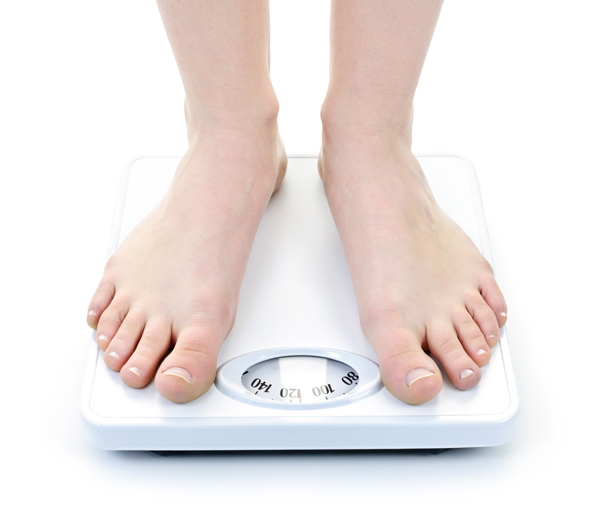 Like Cicero coining the phrase “Ipse dixit” (“He, himself, said it”) in reference to the mathematician Pythagoras, we tend to appeal to the pronouncements of the master (in our society, celebrities and the media) rather than to reason or evidence. After all, if Jillian Michaels from TV’s The Biggest Loser or any other celebrity trainer says it’s so, it must be so, right? This has led to the proliferation of many myths in the weight-loss and fitness industry. Why do we think or claim we know things that we actually do not know? There are so many passionate people in the weight-loss and fitness industry, which is great, but oftentimes that passion gets in the way of science. And that can be dangerous. Do you know your weight-loss facts from fiction?
Like Cicero coining the phrase “Ipse dixit” (“He, himself, said it”) in reference to the mathematician Pythagoras, we tend to appeal to the pronouncements of the master (in our society, celebrities and the media) rather than to reason or evidence. After all, if Jillian Michaels from TV’s The Biggest Loser or any other celebrity trainer says it’s so, it must be so, right? This has led to the proliferation of many myths in the weight-loss and fitness industry. Why do we think or claim we know things that we actually do not know? There are so many passionate people in the weight-loss and fitness industry, which is great, but oftentimes that passion gets in the way of science. And that can be dangerous. Do you know your weight-loss facts from fiction?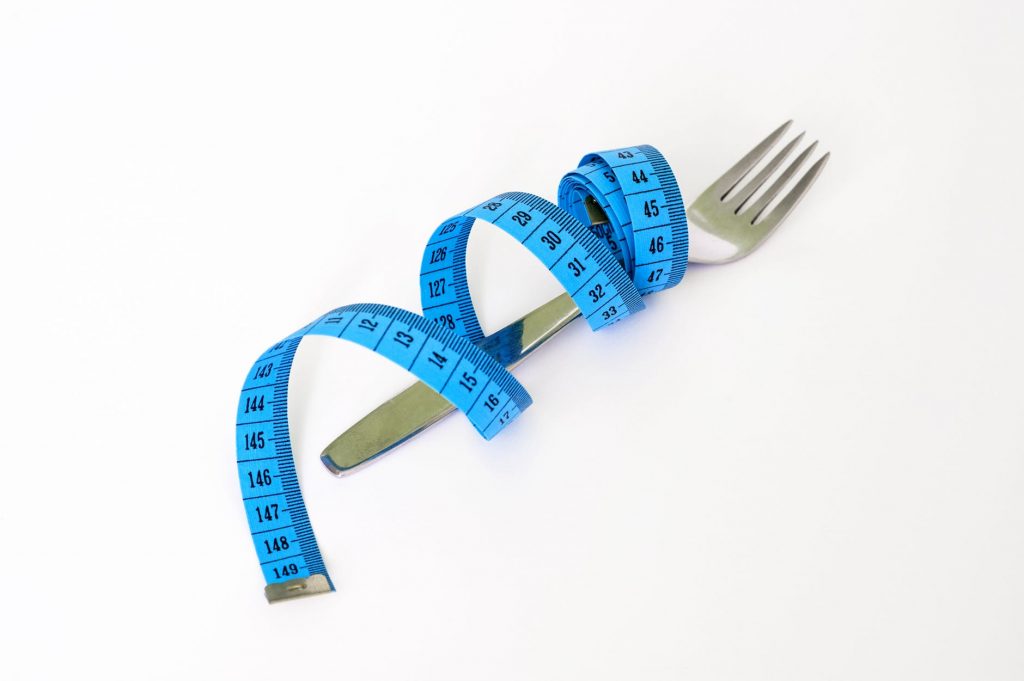 Myth: Nutrition (diet) is more important than exercise for losing weight and looking good.
Myth: Nutrition (diet) is more important than exercise for losing weight and looking good.